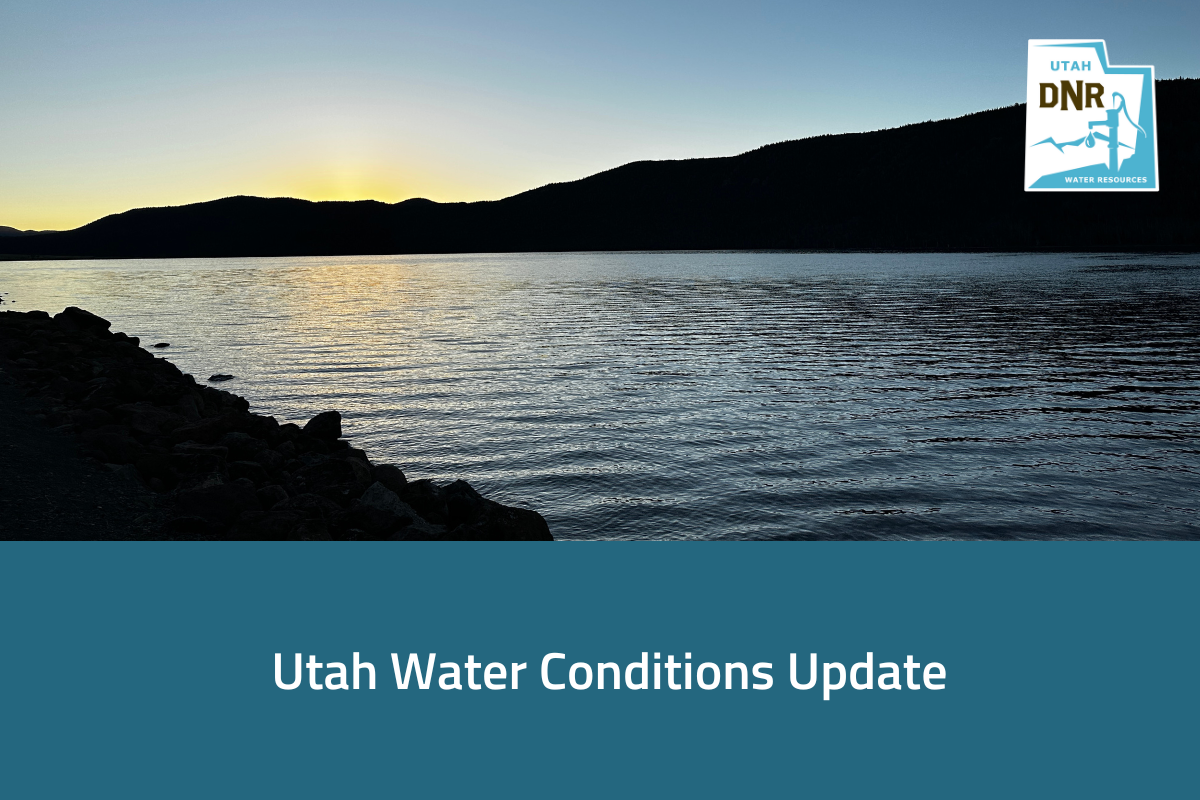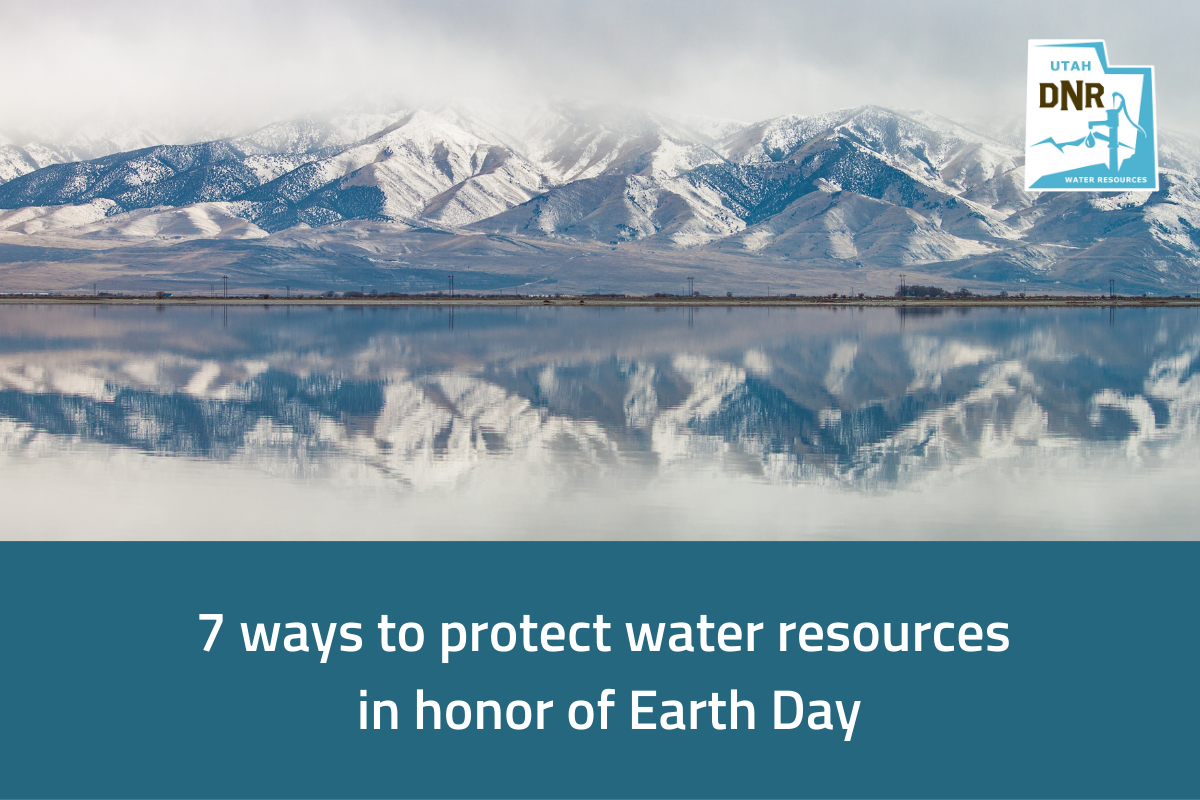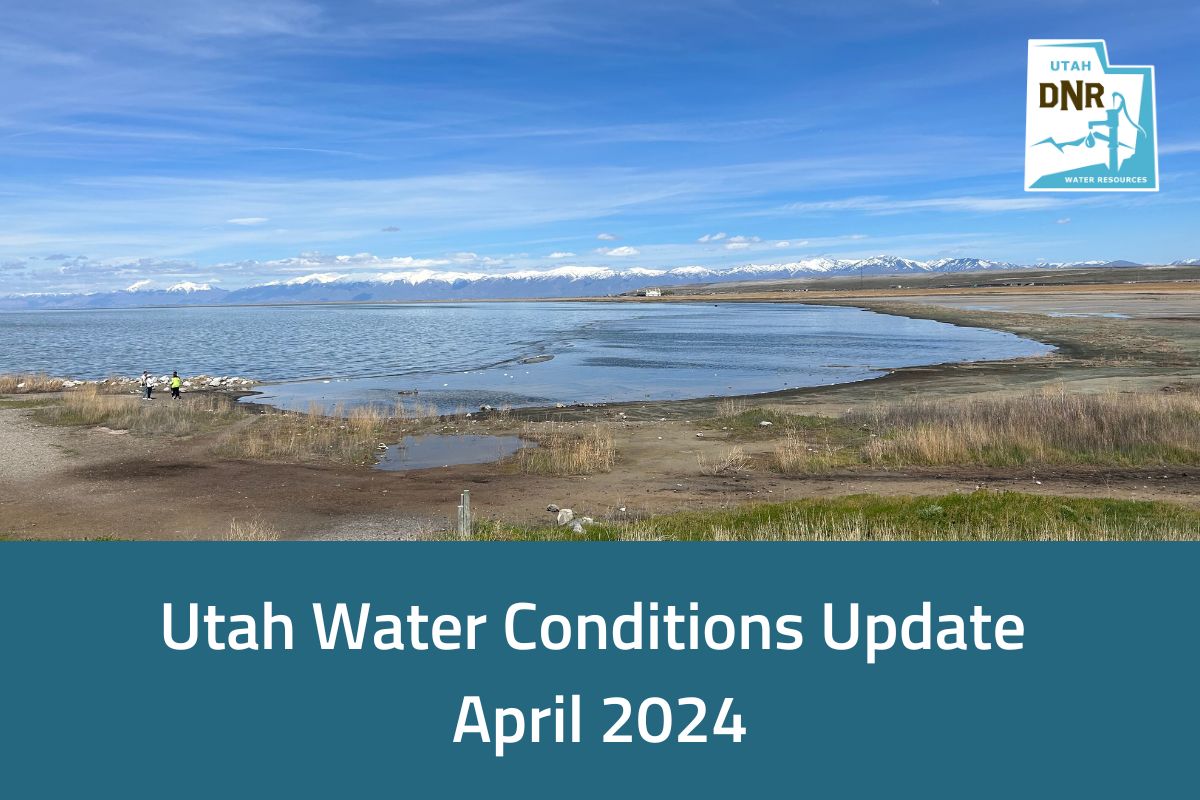SALT LAKE CITY (Aug. 14, 2023) – As scorching heat returns to Utah, the state’s reservoirs have become crucial sources, fulfilling the needs of residents, agriculture and municipalities. In these times of reliance on water reserves, fostering a waterwise mindset is imperative to ensure sustainability during the inevitable dry years ahead.
“Our water managers executed an exceptional balancing act to start the irrigation season with reservoirs at full capacity,” Candice Hasenyager, the director of the Division of Water Resources, said, “Water was released from reservoirs before the irrigation season, which enabled them to capture the water from this year’s record-breaking snowpack.”
According to the latest data from the Natural Resources Conservation Service, Utah has currently received 138% of normal precipitation. This is a significant improvement when compared to last year when precipitation was slightly below normal. Soil moisture has been a major driver for how efficient the state’s runoff has been. The record snowpack kept the soil moisture high. Very little runoff soaked into the soil and instead refilled streams, rivers, lakes and reservoirs.
Statewide reservoir storage is at 81%, a considerable improvement from last year’s 50% at this time. For context, the normal storage level for this period is around 64%. The commendable progress in reservoir levels can be attributed to diligent water management practices, complemented by an unprecedented snowpack.
Great Salt Lake levels peaked at an elevation of 4194.0 (on June 19 and 20), which is about 5.5 feet above the record-low set last November The lake’s salinity has returned to favorable levels. As inflows decrease and temperatures rise, the lake is expected to decline until October, when cooler temperatures and precipitation increase.
“Taking care of our water resources is vital, and this year’s remarkable achievements highlight the importance of effective water management practices after this year’s record-breaking winter,” Hasenyager said. “By embracing sustainable measures and remaining vigilant, we can continue to secure a resilient water supply.”
How does heat affect our reservoirs?
Heat can impact reservoirs in several ways:
- Increased evaporation – During heat waves, temperatures are higher than usual, leading to increased evaporation from reservoir surfaces. This can cause water levels to decrease more rapidly, reducing the available water supply.
- Reduced inflows – Heat waves can exacerbate drought conditions, resulting in reduced inflows from rivers and streams into reservoirs. Lower inflows contribute to declining water levels and decrease the overall capacity of the reservoirs.
- Elevated water temperatures – Hot weather can raise the temperature of the water in the reservoirs. Higher water temperatures can negatively affect aquatic ecosystems, leading to fish kills and the growth of harmful algae. For a current breakdown of the harmful algal bloom situation, visit habs.utah.gov.
- Increased water demand – Heat waves can often lead to increased water demand for irrigation, landscaping and recreational purposes. This additional demand can further strain reservoirs.
- Increased risk of wildfires – Heat waves can create dry conditions, increasing the risk of wildfires. Wildfires near reservoirs can result in ash and sediment runoff, affecting water quality and reducing storage capacity.
To encourage water conservation among residents, the Department of Natural Resources continues to promote initiatives such as the Agricultural Optimization Program for farmers and SlowtheFlow.org for residents. These programs aim to educate and incentivize water-saving practices, ensuring Utahns become more drought resilient and prepare for future conditions.
# # #
For more information, contact Michael Sanchez, public information officer, at 385-226-8967 or email msanchez@utah.gov.




